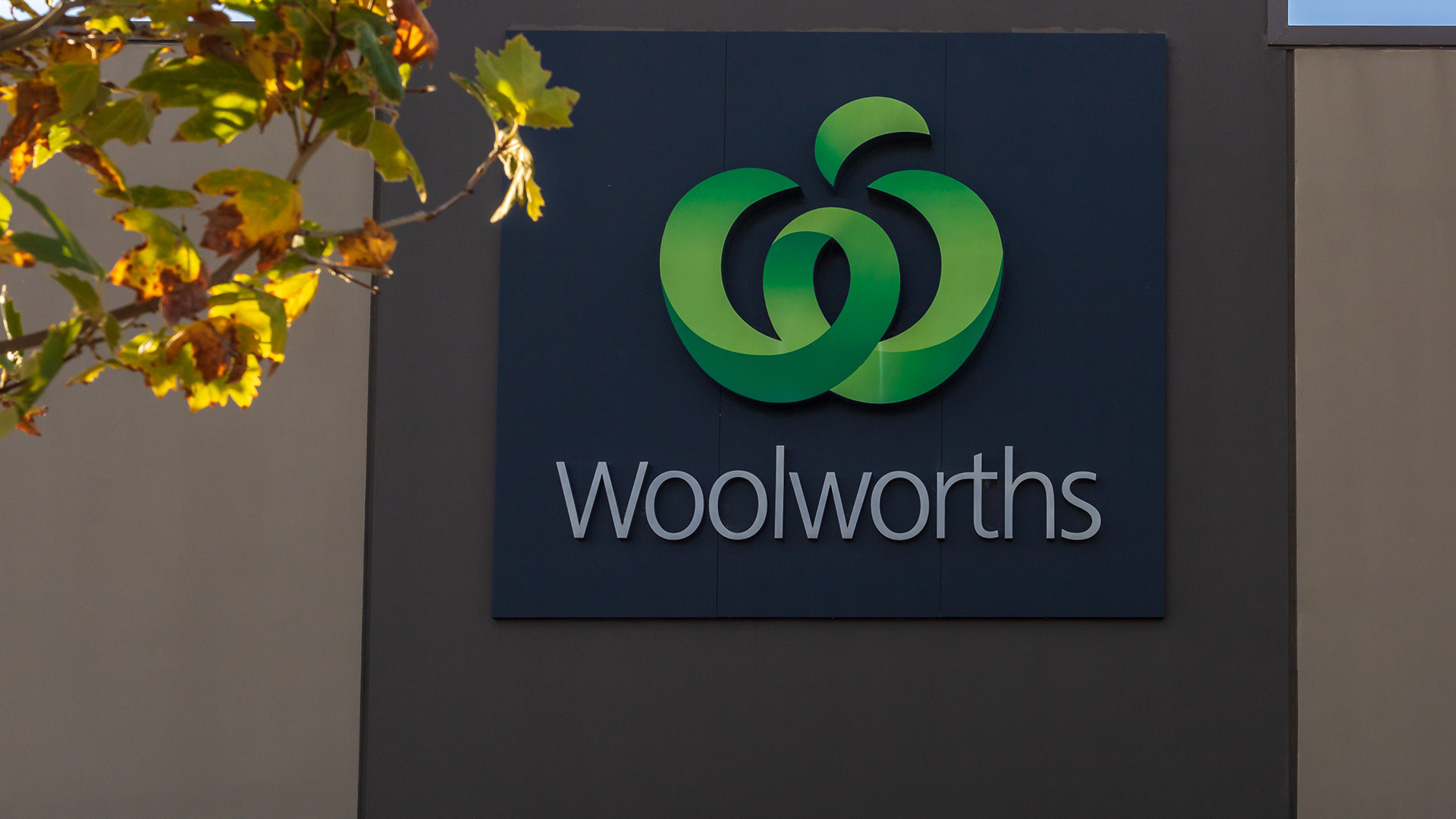Certainly while the two Chinese reports showed manufacturing slowing, they still indicated modest expansion continued in the country’s economy last month.
Some analysts claimed this ‘raised questions’ about Chinese demand and "heighten concerns" of renewed weakness in the world’s second biggest economy.
But take a look at the UK (manufacturing activity crashed to a 14 month low), or the Eurozone where activity flopped to a 13 month low (15 month low in France, 14 months in Italy and nearly a year in Germany).
But the eurozone index was 50.7, around the level in China, so the economy is still expanding modestly. The UK reading was 52.5, down sharply from 54.8 in July.
With unemployment across the Eurozone stuck on 11.5% and inflation slowing to an annual 0.3% in August (and deflation underway in Italy and several other economies, the problems in Europe surpass anything in Asia, especially China.
The first report from China, the official Purchasing Managers Index fell to 51.1 in August from 51.7 in July, the country’s Federation of Logistics and Purchasing said in a statement yesterday.
This survey tends to concentrate on larger companies in Chinese manufacturing.
China PMI print softer
.png)
And the second report, from HSBC/Markit said activity in the Chinese manufacturing sector last month fell to 50.2 from 51.7 in July, as both output and new orders at smaller firms slowed and job shedding intensified.
HSBC chief economist Qu Hongbin said in a statement that external demand improved last month but domestic demand appeared subdued.
"We think the economy still faces considerable downside risks to growth in the second half of the year, which warrant further policy easing to ensure a steady growth recovery," Mr. Qu said in a statement.
Analysts said the reports suggest that China’s economy is experiencing a second slowdown this year after peaking in July, dragged down by China’s real estate slump and credit concerns.
To that end, a separate report revealed at the weekend that Chinese house prices continue to weaken.
Average new home prices fell in China in August for the fourth straight month, falling 0.6% compared with July’s 0.8% drop, according to data provider China Real Estate Index System.
Official figures on house prices, sales and investment won’t be issued until next week. At the same time, analysts have pointed out that the current June reporting season in China has revealed the country’s banks are building large amounts of weak and soured property loans.
In Australia, manufacturing conditions slowed slightly last month, compared with July.
According to the latest Australian Industry Group (AiG) Performance of Manufacturing Index (PMI), the index figure dropped 3.4 points, to 47.3, on a seasonally-adjusted basis.
The strength of the Australian dollar was partly blamed for the softness, while companies also cited the slow transition of the economy away from mining infrastructure.
In Taiwan, the country’s manufacturing sector expanded accelerated in August, led by the strongest expansion of new orders in over three-and-a-half years, the HSBC/Markit Purchasing Managers’ Index revealed yesterday.
The index rose to 56.1 in August from 55.8 in July, and Markit commented that the data signalled the strongest improvement in the health of Taiwan’s manufacturing sector since April 2011.
"August survey data signalled a sharp strengthening in overall operating conditions faced by Taiwanese manufacturers," HSBC said.
But it was a different story in Indonesia where the HSBC/Markit manufacturing Purchasing Managers Index for August fell to 49.5 compared with 52.7 recorded in June and July.
"The deterioration in manufacturing-sector conditions in August is surprising particularly in light of how strong the PMI had been in the prior three months," HSBC economist Su Sian Lim said in a statement.
The slide was a surprise, seeing the index had been above 50 for 11 consecutive months.
And India’s HSBC/Markit Index slowed to 52.4 last month from 53. But Indian manufacturing is still expanding, as the better thane expected 5.7% annual rate of growth in the June quarter suggested when released last week.













